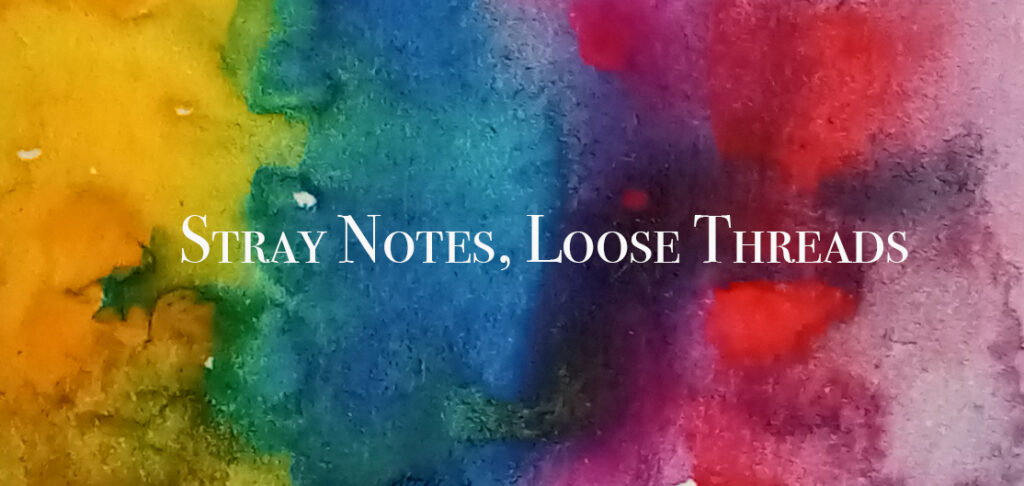The artist, Yinka Shonibare, has long employed art to explore and expose colonial attitudes, using cloth that originated in the Dutch colonies and that are now associated with Africa, to highlight the role of the textile industry in world trading relationships. It is a clear example of cultural appropriation. But sometimes the lines are blurry.
Take, for example, Fair Isle. This small island in the Shetland archipelago has gifted to the world a style of knitting that is instantly recognisable. Nowadays it is possible to buy Fair Isle jumpers just about anywhere and fashion houses have frequently featured the style in collections. So who has the right to make Fair Isle and who doesn’t? Who determines that in any case? Did Fair Isle give up its right to create the patterned garments by promoting and marketing them outside of the island? Does a garment need to be made on the island using sheep’s wool to be “authentic” and what is that garment once it was made elsewhere or from different materials? Is making and selling Fair Isle appropriation, or is it that the appeal of the colourful patterns is so powerful that anyone should be able to make it and in so doing, increase the mystique and power of its origins? Does the island of Fair Isle benefit enough from losing its unique cultural artefact and what do islanders think about that? It is a thorny issue, especially when it is entangled with copyright issues for individual designs, and the like.
The same goes for something as simple as the word “fleece”. These days, fleece generally means a synthetic cloth that mimics the softest of wools, and this does a disservice to the woollen industry. As we move towards natural materials for our clothing so the word gains in power and we all now use the word indiscriminately without really thinking about its context. It becomes a vicious cycle, a contest between those who work in the woollen industry and those who want to sell cheaper alternatives . Various attempts are being made to reclaim the word for its original use, but success may be a long time coming, if it happens at all.
These days we need to be more careful about our use of other people’s culture, and an article from Vogue has highlighted some of the issues around cultural ownership and who gets to wear what. That shows progress. If we are questioning what we wear then at least we are thinking about the issue and that can only be A Good Thing.
A reader sent in some thoughts about an exhibition that was on in The Design Museum in London: The Offbeat Sari. “People need opportunities to learn, understand, question, experiment and create. We can’t hold this process back but we do need to respect what has been produced before and the investment it holds.”
I agree. We all need opportunities to grow, but we also need to learn how to ask for, and receive, these incredible cultural gifts so that we can help them to retain and increase their value and not diminish the people to whom they truly belong.
Thank you all for sending in your emails and thoughts. As always they are gratefully received.

Leave a Reply